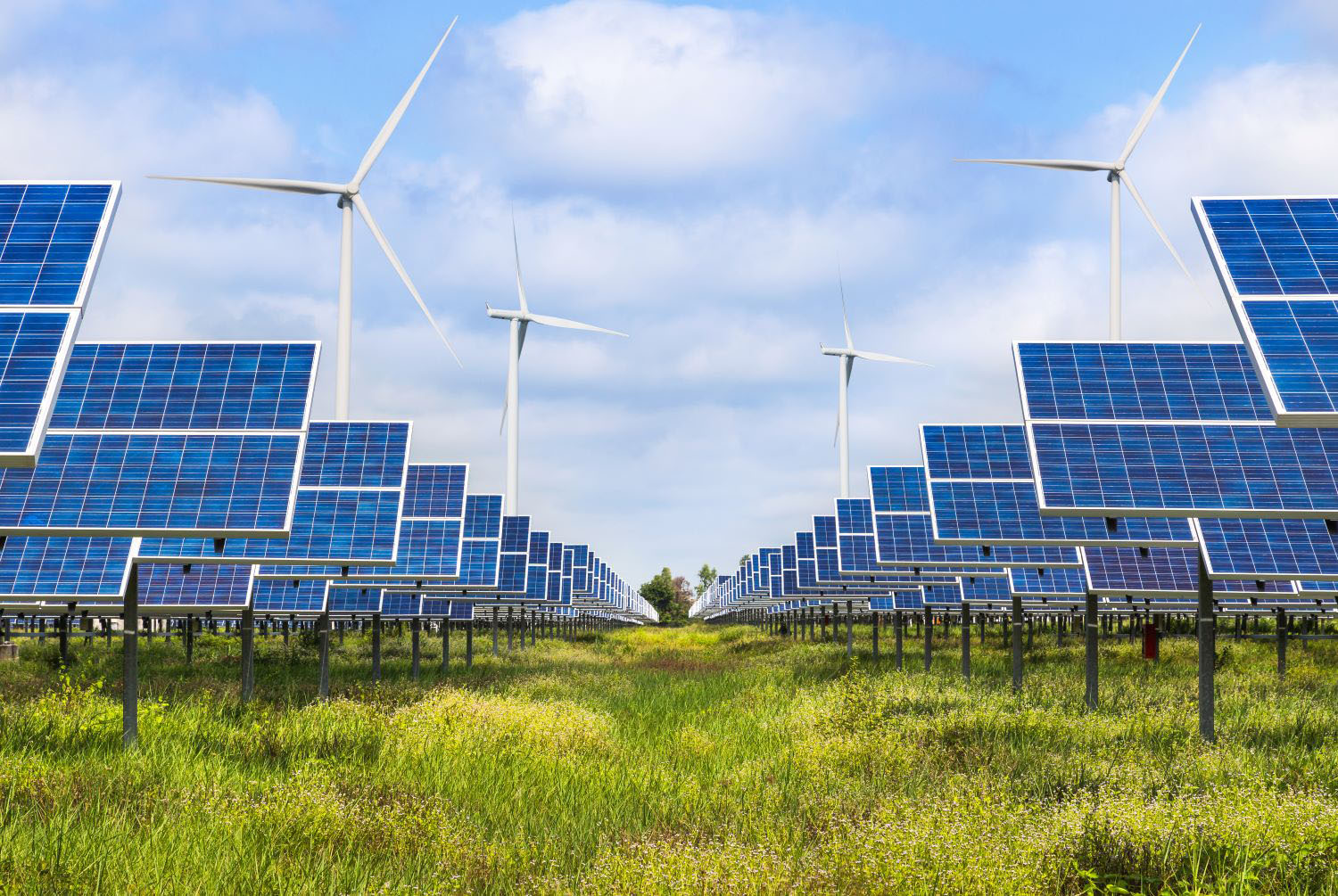On a recent commercial flight from Washington to Beijing, the inflight map showed our plane flying over the giant white expanse of the North Pole. But I wanted a better view.

I always request a window seat, for moments just like this one. I've had the good fortune to see an exploding volcano over the Kamchatka Peninsula, the vast empty Sahara, the pearly atolls of the South Pacific. I was curious to catch a glimpse of the northernmost tip of our planet.
As the display showed us starting to edge out over the icy wilderness I opened my window shade with gleeful anticipation, expecting the view from the window to be just like the inflight map or paper maps. I was hoping for a vast blanket of white snow, like when I'd wake up as a child in Indiana on winter mornings and turn on the radio to hear if school had been canceled. Like something you could sled on. Heck, maybe I'd see Santa Claus. Or Princess Elsa.

Instead, I saw fragile lily pads of ice clinging precariously to a dark sea. Icy islands in intricate crystalline patterns like frost on a windowpane, lace-like structures assaulted from above by the sun's glare and eroded from below by a warming ocean. Pools and streams of water were eating away at the surface of the ice.

The scene struck me at once as beautiful and tragic. The Northern snowscape I'd always envisioned was dissolving before my eyes. I was disturbed to find that the white at the top of world maps had become slush, just as I’m disturbed whenever I find that green forests promised on maps have become palm oil plantations or cattle pastures.
Now I'm not a cryologist. I couldn't tell you whether the disappearing ice I witnessed is abnormal for that location in mid-July. Arctic ice undergoes natural swings in melting and reforming every year. But I know that I would have seen a lot more ice at that spot thirty years ago, and there'll be a lot less ice there thirty years from now.

Climate change is happening everywhere, but perhaps nowhere faster than at the poles, where Arctic ice is in a death spiral. Melting ice exposes dark water, which absorbs more heat, which in turn melts more ice. Scientists predict that Arctic summers are likely to be ice-free by mid-century. Melting of the Greenland ice sheet now appears unstoppable .
My work on climate has less to do with polar bears and more to do with the damage climate change threatens to the world’s poor. But I was reminded this weekend what else is at stake. A beautiful and vanishing world that most people will never get to see, and in decades perhaps no one will ever see again.

I found it fitting that my flight was between Washington and Beijing. No two countries are contributing more to climate change than China and the US, and no two countries have as much power to stop it. President Obama and Premier Xi have both taken bold domestic steps on climate. Now they can use their joint diplomatic might to bring together a global climate agreement this December in Paris – one that includes both decarbonization from fossil fuels and performance-based payments to conserve tropical forests.
The future of the Arctic, and so much more, is in their hands.
CGD blog posts reflect the views of the authors, drawing on prior research and experience in their areas of expertise.
CGD is a nonpartisan, independent organization and does not take institutional positions.










